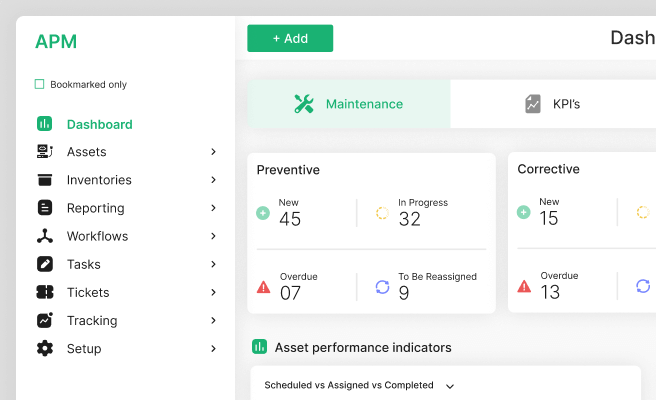Sustainability
<p>Sustainability in digital design refers to creating digital products and services in ways that minimize environmental impact and promote long-term ecological balance. It is important because it helps reduce resource consumption, lowers carbon footprints, and supports global sustainability goals. As digital technology continues to evolve rapidly, integrating sustainability into design processes is essential for organizations aiming to contribute positively to environmental stewardship.</p>
<p>Historically, the focus of digital design has been on functionality and aesthetics, often overlooking environmental impacts. Today, there is a growing recognition of the need for sustainable practices in the design industry, driven by consumer demand for eco-friendly products and a heightened awareness of climate change. The incorporation of sustainability in digital design aligns with broader environmental objectives and can enhance an organization's reputation and marketability.</p>
<h2>Components of Sustainable Digital Design</h2>
<p>Sustainable digital design encompasses several key components:</p>
<ul>
<li><strong>Energy Efficiency:</strong> Optimizing resource use, such as reducing energy consumption by compressing images, minimizing file sizes, and improving load times. <a style="color: blue; text-decoration: underline;" href="https://screenroot.com/blog/sustainability-in-ux-design/">Learn more about sustainable UX design practices.</a></li>
<li><strong>Material Efficiency:</strong> Using eco-friendly materials for hardware components and reducing electronic waste by designing products with longer lifespans.</li>
<li><strong>Recyclability:</strong> Designing products that are easy to disassemble and recycle at the end of their life cycle. </li>
<li><strong>User-Centric Design:</strong> Creating products that not only meet user needs but also encourage sustainable behaviors.</li>
</ul>
<h2>Importance of Sustainable Digital Design</h2>
<p>The significance of sustainable design in digital products cannot be overstated. It plays a crucial role in business innovation and environmental stewardship by reducing negative impacts on the planet while meeting consumer demands for greener products. Sustainable design practices can lead to cost savings, improved efficiency, and enhanced brand loyalty.</p>
<p>Businesses that prioritize sustainability in their design processes often gain a competitive edge. For example, companies integrating sustainable practices are better positioned to comply with environmental regulations, attract eco-conscious customers, and foster a positive brand image. <a style="color: blue; text-decoration: underline;" href="https://instituteofsustainabilitystudies.com/insights/guides/why-is-sustainable-product-design-and-innovation-important/">Explore why sustainable product design is important.</a></p>
<h2>Examples of Sustainable Digital Products</h2>
<p>Numerous companies have successfully implemented sustainable digital products, showcasing the feasibility and benefits of eco-friendly design:</p>
<ul>
<li><strong>Eco-Friendly Mobile Apps:</strong> Apps that promote sustainable living by helping users track their carbon footprint, manage energy consumption, or find eco-friendly products.</li>
<li><strong>Green Web Design:</strong> Websites designed to be energy-efficient by optimizing server usage, reducing data transfer, and using renewable energy sources. </li>
</ul>
<h2>Challenges and Practical Applications</h2>
<p>Implementing sustainable digital design practices can be challenging. Common obstacles include balancing performance and sustainability, navigating trade-offs between cost and eco-friendliness, and ensuring user adoption of sustainable features.</p>
<p>Practical applications for overcoming these challenges include:</p>
<ul>
<li>Conducting comprehensive UX audits to identify areas for improvement.</li>
<li>Adopting community engagement strategies to promote sustainable behaviors among users.</li>
<li>Investing in training programs for sustainable product development. <a style="color: blue; text-decoration: underline;" href="https://careerfoundry.com/en/blog/product-design/what-is-sustainable-product-design/">Learn more about sustainable product design principles and strategies.</a></li>
</ul>
<h2>Conclusion</h2>
<p>In summary, sustainability in digital design is essential for creating products that are not only functional and user-friendly but also environmentally responsible. By integrating sustainable practices, businesses can contribute to global sustainability efforts, enhance their reputation, and meet the growing demand for eco-friendly products.</p> <p>We’re using the power of design to increase the adoption of climate technologies and innovation. View our work in climate to know more on how we can support your vision. <a href="https://www.whatifdesign.co/climate" style="color:#2896FF; text-decoration:underline;">View our climate projects</a>.</p> <p>Increase user engagement that converts your demos into sales. Optimise your UX strategies with our audits.
<p>Fill out the <a href="https://tally.so/r/n97pxQ" style="color:#2896FF; text-decoration:underline;">UX Audit form</a> to get started. Ready to discuss your needs? <a href="https://cal.com/akhilak/what-if-design?duration=25" style="color:#2896FF; text-decoration:underline;">Book a consultation call</a> with us today.</p></p>

Let's scale your impact with great design.
Free consultation, no sales pitch
Thank you! Your submission has been received!
Oops! Something went wrong while submitting the form.
Let’s talk
Nothing great is built alone.
Let’s connect about your vision, our work and how we can collaborate.
Get in touch

